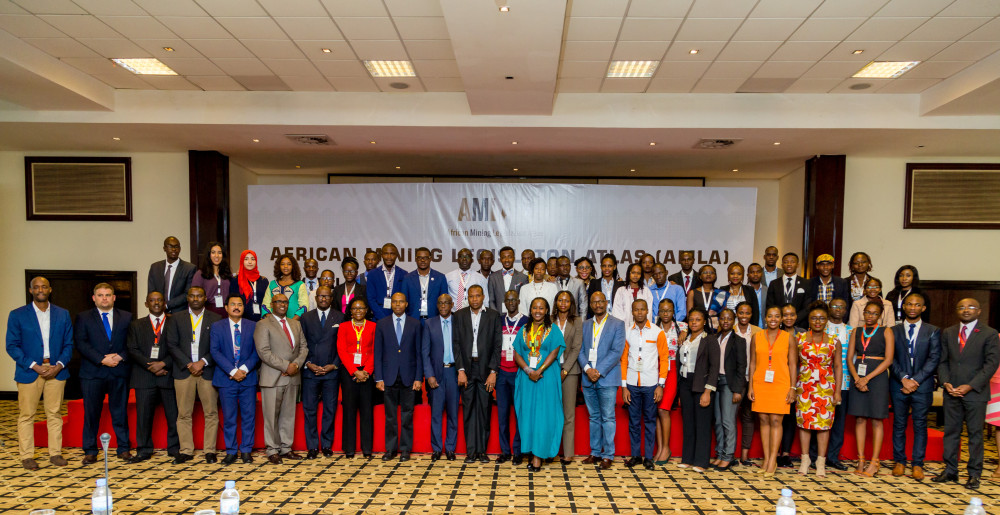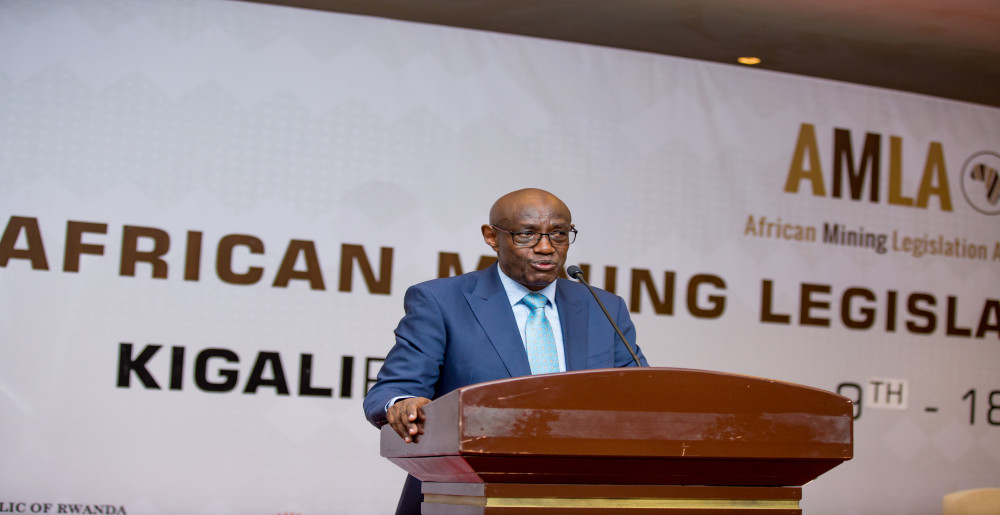This work is a product of the staff of The World Bank with external contributions. The findings, interpretations, and conclusions expressed in this work do not necessarily reflect the views of The World Bank, its Board of Executive Directors, or the governments they represent. The World Bank does not guarantee the accuracy of the data included in this work. The boundaries, colors, denominations, and other information shown on any map in this work do not imply any judgment on the part of The World Bank concerning the legal status of any territory or the endorsement or acceptance of such boundaries. Nothing herein shall constitute or be considered to be a limitation upon or waiver of the privileges and immunities of The World Bank, all of which are specifically reserved.
Information in this platform is provided for informational purposes only and does not constitute legal advice or service. The World Bank and the African Mining Legislation Atlas (AMLA) makes no warranties or representations, express or implied as to the accuracy or reliability of its tools or data contained therein. A user of the AMLA platform should seek qualified legal advice. Any use thereof or reliance thereon is at the sole and independent discretion and responsibility of the user. No conclusions or inferences drawn from the platform features, data, or tools otherwise or relating to any aspect of any of the maps shown on the platform should be attributed to the World Bank, AMLA, its Board Members or its Secretariat.
In no event will the World Bank, or AMLA be liable for any form of damage arising from the application or misapplication of platform, its tool, any maps, or any associated material.


